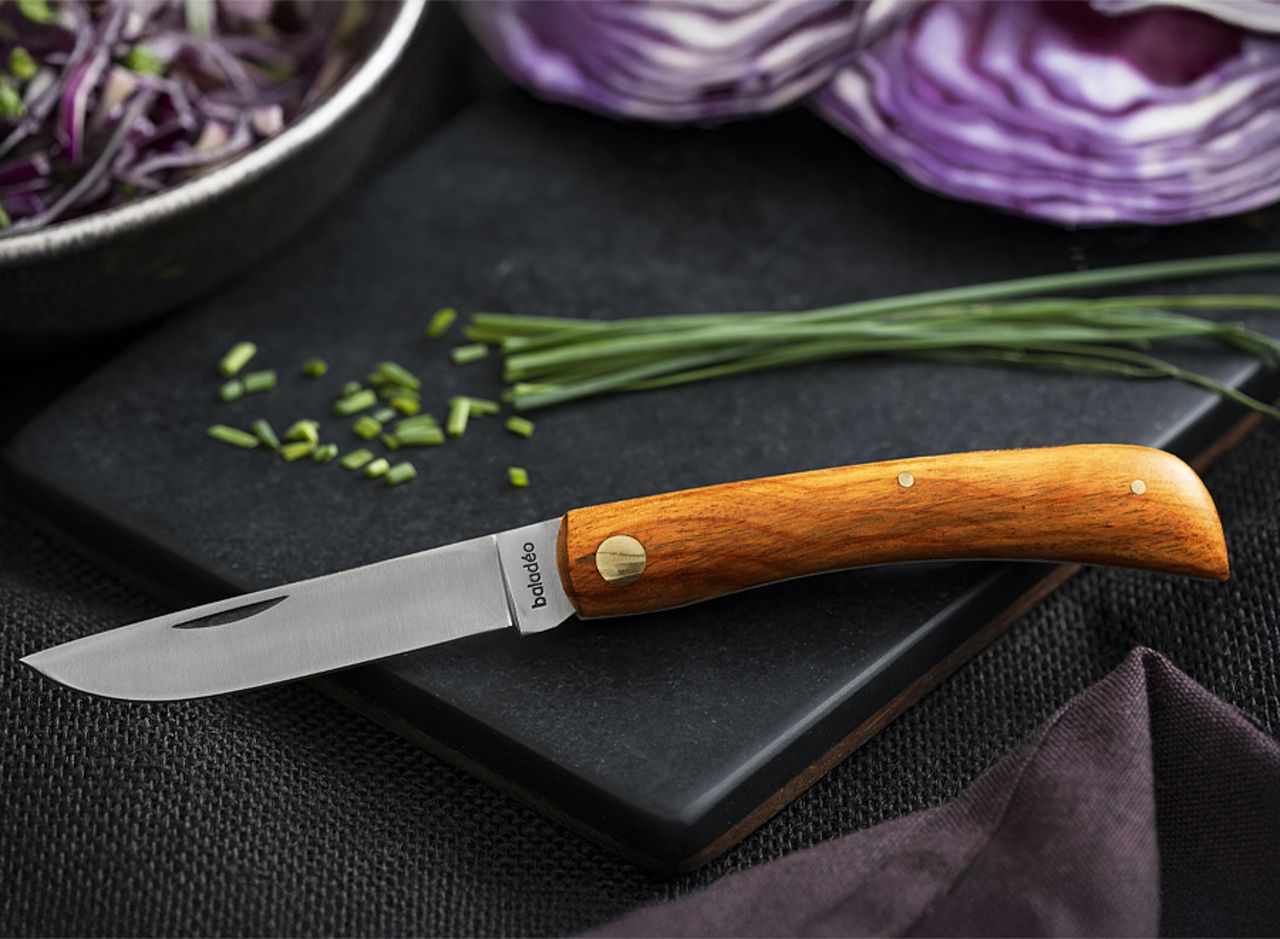For any kitchen professional, maintaining the quality and functionality of your tools is paramount. Among the array of kitchen tools, knives hold a special place. However, one common issue that many chefs and culinary enthusiasts encounter is knife blade play. This refers to the unwanted movement of a knife blade when it's supposed to be fixed or stable. Understanding the nuances of this problem and learning how to fix it is crucial for anyone who spends significant time in the kitchen.
The term knife blade play often raises concerns, especially when precision is key in culinary tasks. Whether you are slicing a tomato or carving a roast, the stability of your knife can affect not only the quality of your cuts but also your safety. In this article, we'll delve into the causes of blade play and provide actionable solutions to maintain your knives in top condition.

What Causes Knife Blade Play?
Blade play occurs when there is excessive movement between the knife blade and the handle. This can be attributed to several factors, including wear and tear, poor manufacturing, or improper maintenance. Over time, the constant use of a knife can lead to loosening of the components that hold the blade in place. This is especially common in folding knives, where the pivot point may become worn, leading to unwanted movement.
Another factor contributing to blade play is the quality of materials used in the knife's construction. Knives made with inferior materials may not withstand prolonged use, leading to structural weaknesses. To learn more about the types of knives best suited for durability, you can explore this resource.
Identifying Blade Play in Your Knives
Detecting blade play is relatively straightforward. Hold the knife by its handle and gently wiggle the blade side to side. Any noticeable movement or clicking sound indicates that the blade is not securely fixed. For folding knives, you may also experience blade play when opening or closing the knife, which can compromise its safety and effectiveness.
It's essential to address this issue promptly, as prolonged blade play can lead to further damage or even accidents in the kitchen. Regularly inspecting your knives for signs of wear and tear can help prevent blade play from becoming a more significant problem.
How to Fix Knife Blade Play
Resolving blade play can vary depending on the type of knife and the severity of the issue. Here are some general steps to help you fix this problem:
Tightening the Pivot Screw
For folding knives, tightening the pivot screw is often the first step. Using a suitable screwdriver, gently tighten the screw that holds the blade in place. Be cautious not to overtighten, as this can lead to difficulty in opening and closing the knife.
Replacing Worn Parts
If tightening the pivot screw doesn't resolve the issue, consider replacing worn parts. This may involve replacing washers, liners, or other components that contribute to the stability of the blade. Consulting the manufacturer's guidelines or seeking professional assistance can ensure that you replace parts correctly.
Seeking Professional Help
In cases where DIY solutions are insufficient, seeking professional help is recommended. A skilled knife technician can diagnose the problem accurately and provide the necessary repair or replacement parts. This is particularly important for high-quality or custom knives, where precision is critical.
For more insights on customizing and maintaining your knives, you can check out this article on customizing a folding knife.
Preventing Future Blade Play
Prevention is always better than cure. To avoid future issues with blade play, regular maintenance is key. This includes cleaning your knives after each use, lubricating moving parts, and storing them properly. Avoid using knives for tasks they're not designed for, as this can lead to unnecessary strain on the blade and handle.
Understanding the uses of knife lanyard holes can also enhance your knife's longevity by providing additional support when stored or carried.
Conclusion
For kitchen professionals, keeping your knives in optimal condition is essential for both performance and safety. By understanding the causes and solutions for knife blade play, you can ensure your tools remain reliable and effective. Regular maintenance and timely repairs can significantly extend the life of your knives, making them a valuable asset in any kitchen.
For more information on knife maintenance and other related topics, you might find this guide on KA-BAR fixed blade knives insightful.

FAQ
What is the main cause of knife blade play?
The main cause of knife blade play is often wear and tear, which can lead to loosening of the components that secure the blade. Poor quality materials and improper maintenance can also contribute to this issue.
Can all types of knives have blade play?
While blade play is more common in folding knives due to their moving parts, it can occur in fixed knives as well if the handle or blade is compromised.
How often should I check my knives for blade play?
It's advisable to check your knives for blade play regularly, especially if you use them frequently. Catching the issue early can prevent further damage and ensure safety in the kitchen.
This article contains affiliate links. We may earn a commission at no extra cost to you.


























